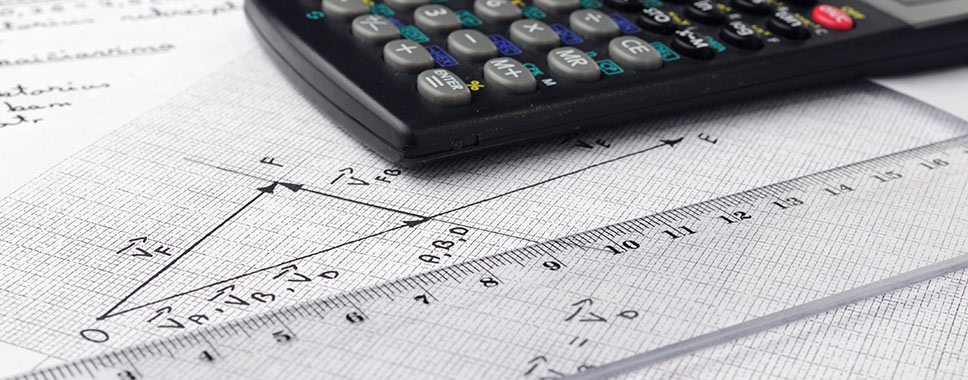Plug-In Horsepower Resistor (PHR) Story for KB's DC Drives
KB Electronics is unique with the use of a Plug-In Horsepower Resistor® (PHR) in the KBCC, KBIC, KBMD, KBMM, KBPB, KBWD, KBWM, and KBWS Series DC controls to sense motor current. Our competitors use a fixed soldered-in resistor. This technical note explains why these controls require a PHR when the competition uses a fixed resistor, and the advantage to the customer of the PHR.
First, let's consider the time and effort necessary for KB to manufacture the PHR. It consists of a small printed circuit board, two male standoff pins, and a soldered current sensing resistor. In addition, the control's circuit board must have two female pins staked, soldered, and properly aligned. Competitors solder the resistor to the board and they are finished.
So, why does KB insist on using the PHR when the competition doesn't? The answer can be found in the KB slogan, controls and they deserve a control which is factory calibrated and ready to use out of the box. The fact of the matter is, that an improperly calibrated control may demagnetize a PM motor or cause it to burn up due to overload, which may even cause damage to the machinery by having the Current Limit (CL) setting greater than the motor's rating. The purpose of the PHR is to sense the motor's load current and provide a feedback signal to the control. The signal is used by the CL and IR Compensation (IR) circuits. The CL and IR are preset at the factory. The CL circuit limits the maximum current that the motor can draw. If the current is too high, it may cause machine damage, motor overheating, or demagnetization of the motor's permanent magnet fields, which will cause the motor to lose torque. When properly calibrated, the CL circuit limits the motor current to 150% of the motor's full load rating. The IR circuit calibrates the motor's load regulation abilities, helping it to maintain proper speed regulation under changing load conditions. These characteristics vary according to the size of the motor.
So, why does KB use the PHR rather than a fixed resistor? All the aforementioned controls are capable of operating a wide range of motor sizes. In the "The Right Control for Your Application" case of a control with a fixed sensing resistor, the resistor must be sized according to the largest motor with which the control can be used.
One of our competitors offers a ½ HP control but claims it can be used on motors up to 1 HP if they attach it to an auxiliary heatsink. The question is, what is the control calibrated for? If the control is calibrated for ½ HP and it is used on a ½ HP motor, all is well; but if it used on a 1 HP motor, the motor will not develop its rated torque and the IR circuit will be over compensated. If the control is calibrated for 1 HP and it is used on a 1 HP motor, all is well; but if it used on a ½ HP motor, there will be a good chance of putting more than 1 HP worth of current (the control's capacity) through the ½ HP motor, causing a burned-out motor, possible machine damage, and unnecessary downtime.
If this same machine had a KB control, the PHR would have been correctly sized for the motor. The result is that the CL and IR circuits would be factory calibrated for the motor's characteristics. No matter how it was adjusted, the CL trimpot would not allow more than 200% of the motor's full load current, providing adequate protection for the motor and machine.
Although an individual PHR must be installed on each KB control, its use provides a benefit for the customer. The resistor is correctly selected once the motor's HP, voltage rating, and full load current are known. A PHR reference chart is shown in the back of our DC Drive Selection Guide. Please note that a separate section of the chart is provided for SCR and PWM DC controls, as well as SCR and PWM rated motors.


